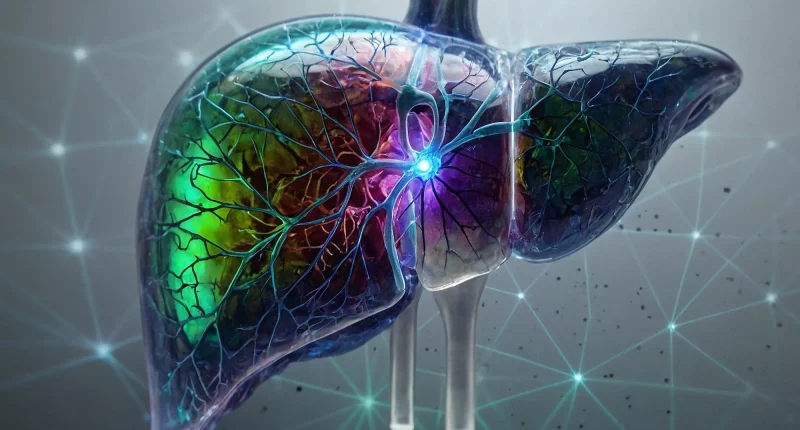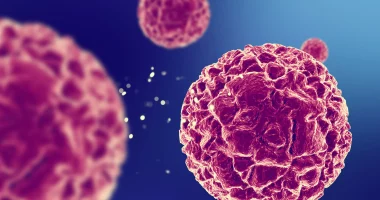Cholestasis is a disease caused in the liver that happens when the bile flow from the liver is decreased or obstructed. Bile, a fluid secreted by the liver, helps in the food especially, particularly fats. When the flow of bile is changed, it can cause an accumulation of bilirubin, a pigment secreted by the liver and expelled by bile from the body.
There are 2 kinds of cholestasis. One is intrahepatic cholestasis starts in the liver and can be led by disease, drug use, infection, abnormalities in genes, and effects of hormones on the flow of bile. Pregnancy might also heighten the chance of developing this condition.
Another one is extrahepatic cholestasis, on the other hand, is led by a physical obstacle to the ducts of bile. Blockages from cysts, gallstones, and tumors can obstruct the bile flow, leading to this kind of cholestasis.
Symptoms
Cholestasis, whether intrahepatic or extrahepatic, typically presents with a set of common symptoms. One of the most noticeable symptoms is jaundice. This occurs due to the buildup of bilirubin in the body. Other symptoms include light-colored stool, dark urine, abdominal pain, extreme tiredness, a sick feeling in the stomach, and itching. These symptoms arise because the flow of bile, which helps in the digestion of fats and the excretion of waste products, is impaired.
However, not every person with cholestasis experiences symptoms. In some cases, especially in middle-aged people with persistent cholestasis, people can be symptom-free despite the underlying condition. This asymptomatic presentation can make the diagnosis challenging, as the lack of noticeable symptoms may delay the identification and treatment of the disease. It is important for individuals at risk or with potential liver issues to undergo regular medical check-ups to find any underlying problems early.
Causes
Cholestasis might be led by a variety of factors that lead to the blockage of bile flow. One significant cause is the impact of certain medications. The liver plays a crucial part in metabolizing drugs, and some are more challenging for the liver to process, potentially becoming toxic. These medications involve specific antibiotics like amoxicillin and minocycline, anabolic steroids, certain NSAIDs like ibuprofen, oral contraceptives, particular antiepileptic and antifungal drugs, certain antipsychotic drugs, and some antimicrobial drugs. It is essential to always take medicines as suggested and consult with a healthcare provider before making any changes to suggested medication regimens to avoid adverse effects on the liver.
Various diseases can also lead to cholestasis by causing inflammation or scarring of the common bile ducts. Viral infections like HIV, cytomegalovirus, Epstein-Barr, and hepatitis, as well as bacterial infections, can damage the common bile ducts. Autoimmune diseases like Primary biliary cholangitis can trigger the immune system to trigger and harm the common bile ducts. Disorders of genes like SCD and particular cancers, including pancreatic and liver cancer and lymphomas, can also contribute to the development of cholestasis.
Cholestasis during pregnancy
It is also known as obstetric cholestasis. It is a condition that happens in an estimated 1-2 pregnancies for 1,000 in the U.S. The common sign of obstetric cholestasis is irritating without a redness, caused by the accumulation of bile fluids in the blood. This irritation normally happens in the last trimester of the gestation period and can be caused by jaundice, dark urine, pale stools, abdominal pain, and a sick feeling in the stomach. If you experience itching during pregnancy, it is important to see your healthcare provider. Over-the-counter medicines, like antihistamines and creams, consist of cortisone, are typically ineffective, and might hurt your unborn baby. Rather, healthcare providers can suggest drugs that alleviate the itchiness without posing a risk to your baby.
Diagnosis
To diagnose cholestasis, your healthcare provider will begin by asking detailed doubts about your history of medication to understand any potential underlying causes or risk factors. A thorough physical exam will follow to check for signs of the condition. Blood examinations are typically ordered to measure liver enzymes, as elevated levels can indicate this condition. If these blood test outcomes are abnormal, your healthcare provider may then suggest imaging examinations, like an MRI and an ultrasound, to visualize the common bile ducts and liver for any obstructions or abnormalities. In some cases, a biopsy may be performed to obtain a tiny tissue sample for further examination using a microscope, which can help confirm the diagnosis and find the specific cause of cholestasis. This comprehensive approach ensures an accurate diagnosis and informs the appropriate treatment plan.
Treatment
The treatment of cholestasis begins with addressing the basic cause. If the condition is linked to a specific medication, your healthcare provider may suggest discontinuing or switching to a dissimilar drug. When an obstruction, such as a tumor or gallstone, is identified as the cause of the bile backup, surgical intervention may be necessary to remove the blockage and restore normal bile flow.
In cases of obstetric cholestasis, the condition typically decreases after delivery. However, it is important for women who get obstetric cholestasis to be monitored closely post-pregnancy to ensure complete recovery and to manage any potential complications. Regular follow-ups with healthcare providers can help in the early detection and treatment of any lingering issues.
Outlook
This condition Cholestasis can impact individuals of any gender and age. The outlook for recovery largely depends on the severity of the condition at the time of diagnosis and the basic cause of the disease. For instance, if cholestasis is caused by gallstones, removing the stones often leads to a complete resolution of the condition. However, if the cholestasis is due to liver damage, recovery might be more challenging and may require more extensive management.
To decrease the risk of developing cholestasis, several preventive measures can be taken. It is important to get vaccinated against hepatitis, avoid alcohol abuse, and refrain from utilizing recreational drugs. Additionally, if you doubt that you have cholestasis, seeing a healthcare provider promptly is crucial. Early diagnosis and treatment can significantly enhance the likelihood of full betterment and prevent potential complications.
Summary
Cholestasis is a condition caused in the liver where bile flow is blocked or reduced, leading to symptoms like jaundice, dark urine, light-colored stools, abdominal pain, and itching. It can be caused by medications, diseases, or physical obstructions. Intrahepatic cholestasis can occur during pregnancy, often resolving after delivery. Diagnosis involves a medical history review, physical exam, blood tests, imaging, and sometimes a liver biopsy. Treatment focuses on addressing the underlying cause, whether it’s changing medications or removing obstructions. Preventive measures include vaccination, avoiding alcohol, and early medical consultation.








